From Madonna to Beyoncé to Taylor Swift, over time, concerts have uniquely intertwined with the world of high fashion .
In the early to mid-20th century, when jazz, swing, rhythm and blues were all in vogue, singers like Billie Holiday, Ella Fitzgerald, Frank Sinatra, Ruth Brown, and Nat King Cole, embodied a timeless elegance—fashion we might even consider “invisible wealth” today. Their stage style was not overly flashy and glamorous, and was not adorned with symbols, leaving audiences questioning the origins of those clothes. This era epitomized the glamour of Old Hollywood, especially for stage performers, where fashion was all about keeping it classy and polished.

The pivot began in the late 20th century thanks to musicians like David Bowie, Diana Ross, Elton John, Michael Jackson, and Elvis Presley, who helped change the concert-going experience as we know it today. All were great singers and had their own distinct fan bases, but what they had in common was that they transformed concerts from singing to performing.
Not only were they about elaborate, grand sets, huge venues, and booming speakers, but they also ushered in a new style for concert fashion—a far cry from the soft, timeless stage outfits the world had previously seen.
Whether it was Bowie or John, whose eccentricity and daring made the game what it was, or artists like Ross, Presley, Cher and Jackson, whose stage fashions were hardly controversial (though still attention-grabbing), haute couture has always been at the heart of a new market. It takes a special kind of designer to match the energy of rock stars and music icons, especially those who were light years ahead of their time. But the marriage of concert and haute couture has brought to light a roster of creative geniuses who were behind the stage costumes of these artists.

From Kasai Yamamoto (Bowie) to Bill Whitten (John) to Bill Belew (Presley) to Michael Bush and Dennis Tompkins (Jackson), with the help of these designers' expertise, concert wear gradually became more stylish and more fashion-oriented. One designer who became particularly famous in the field of concert couture was the talented costume designer Bob Mackie.
He worked with top talent such as Ross, Cher, John and Whitney Houston. Although most of his clients were in the music and entertainment industry, he would be as recognized in the mainstream fashion world as any other courtier. The drive for concert couture would continue to gain momentum, with little slowing to this day.
During the 80s and 90s, musicians like Madonna also got involved in high fashion, collaborating with longtime friend and legendary designer Jean Paul Gaultier. Both would create iconic stage costumes that would leave a lasting mark on the fashion world, even to this day. Perhaps the most famous design between the two was the statement-making cone bra Madonna wore on her 1990 Blonde Ambition.
Crop tops with exposed midriffs, low-cut tops, miniskirts, and anything sparkly and metallic – these were the dominant stage looks of the early to mid-2000s, worn by artists like Destiny's Child, Britney Spears, the Spice Girls, and Gwen Stefani. It was here that artists began to abandon the expected idea of concert wear as costumes and embraced ensembles that, while still attention-grabbing and often custom-made, were also casual enough to wear offstage.
One exception to this shift, though, is Lady Gaga—who, like Bowie and Elton John, was ahead of her time during her 2010s heyday, especially on the fashion front. Her outfits will never be forgotten in the fashion and music worlds: the Hussein Chalayan-designed bubble dress worn on her 2009 “The Fame Ball” tour; the Charlie le Mindu human hair dress; the Rachael Barrett-inspired, see-through, lingerie-revealing design for her 2010 Lollapalooza performance.

Since the late 2010s, haute couture stage wear has become a hybrid of formal elegance and ready-to-wear. Most recently, Taylor Swift and Beyoncé have brought a new influence to haute couture stage wear.
Throughout her Renaissance-inspired tour, Beyoncé flaunted one high-fashion look after another, with new fashion moments revealed at every stop. What's more, rather than choosing one or two designers, she received custom designs from a range of labels, including but not limited to Balmain, Ferragamo, Feben, Mugler, Miu Miu, Marc Jacobs, Louis Vuitton, Ivy Park, and Alexander McQueen.
The distinct designs weren't just a power play, it was a genius storytelling move, as it fit the album's overall exotic Western aesthetic and encouraged the Beyhive to design their own interpretations of her concert couture to wear to the audience.

Swifties have also been quick to go all-in for Swift's Eras Tour, just as Beyoncé has tapped a slew of labels for her high-end fashion designs—like Versace, Roberto Cavalli, Alberta Ferretti, Oscar de la Renta, and Elie Saab. For such influential women, wearing custom outfits from these luxury labels on the world stage.
The stage where artists showcase their luxury wardrobes in concert has become a new kind of runway that effectively connects with a young, fashion-conscious audience who are always looking for access in a notoriously exclusive world. Throughout the ever-evolving relationship between concerts and haute couture, we have now reached a point where haute couture has found a happy medium – exclusive yet relatable.
As Beyoncé said in her song “Pure/Honey,” “It takes a billion to look this good.” And in this era of concert-ready haute couture, we value that billion-dollar dress so much that we’re making closet space to recreate the look for ourselves.
Hoai Huong (according to 24h.com.vn)
Source


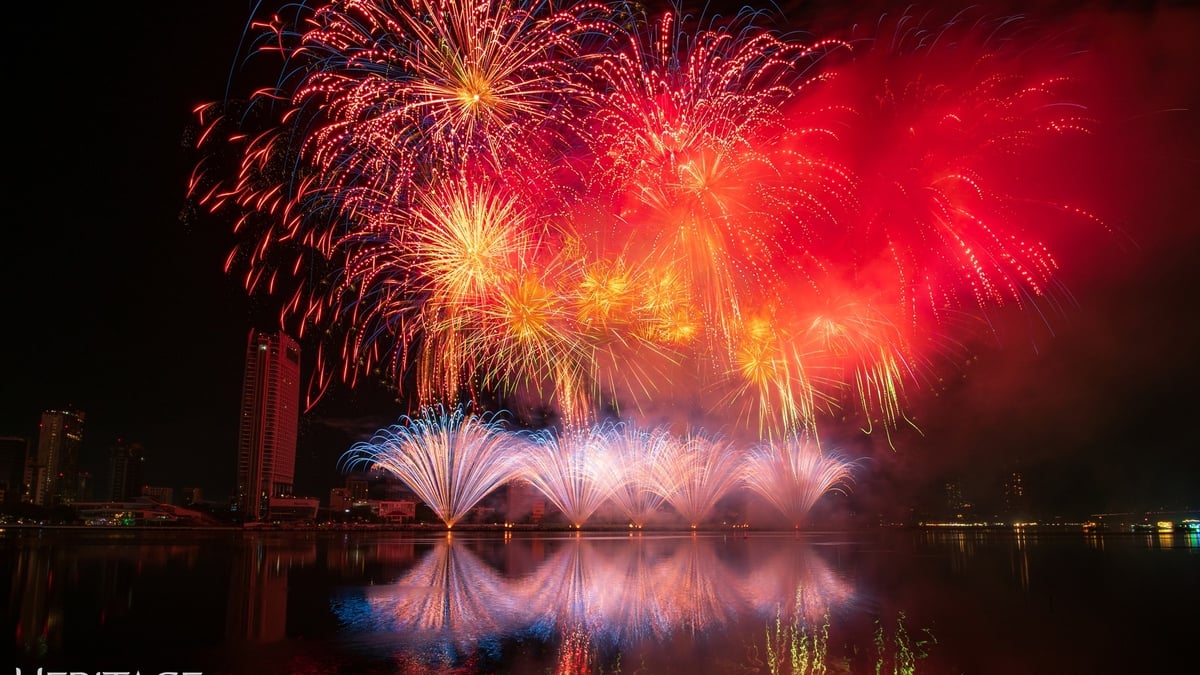
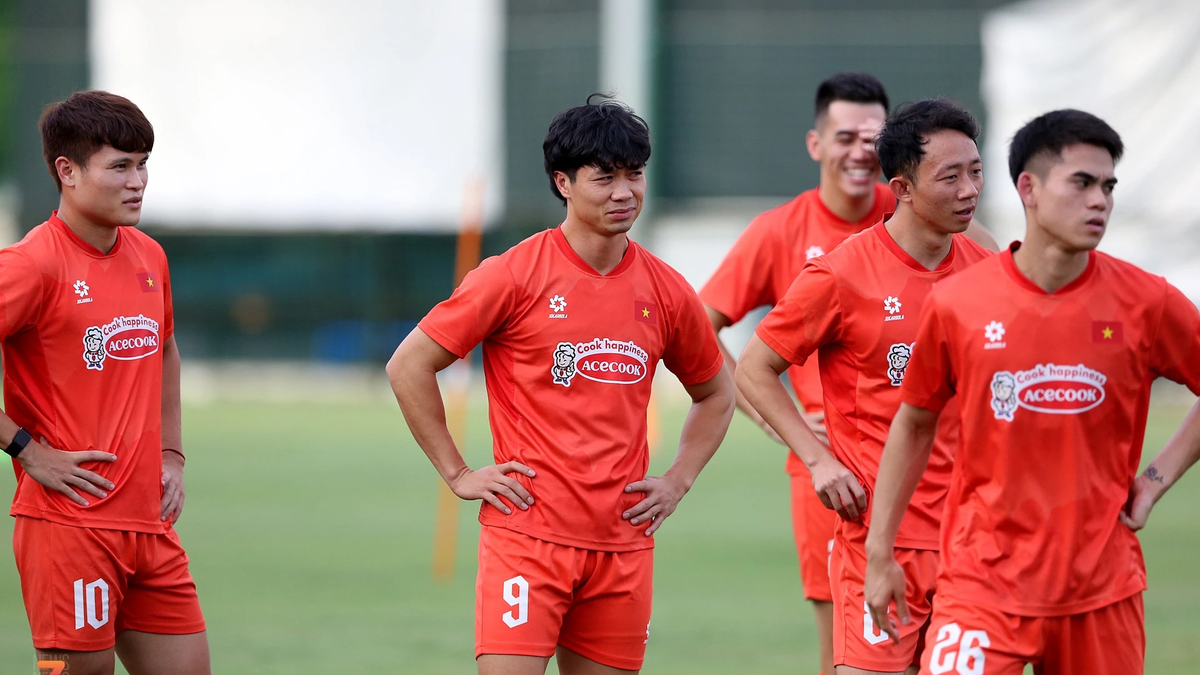


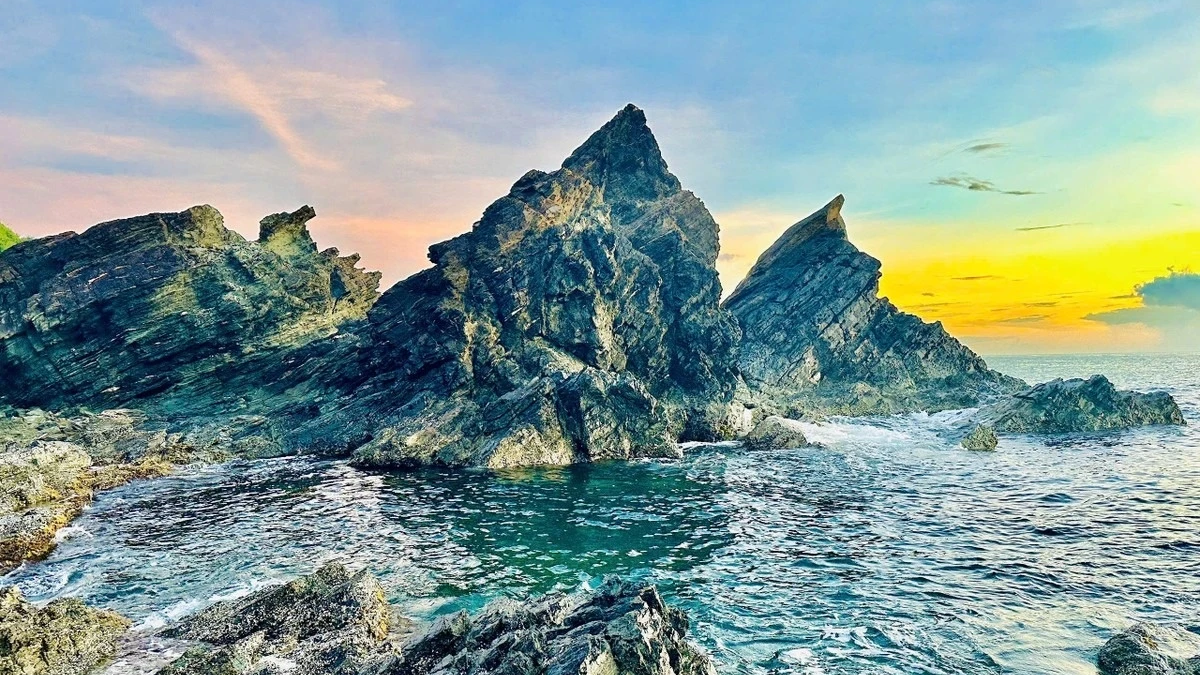

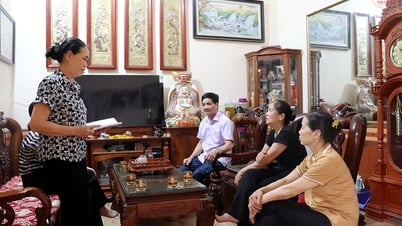


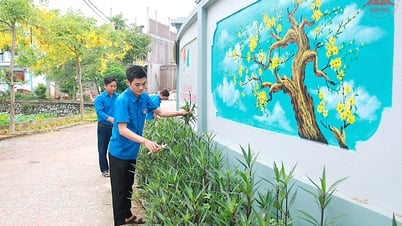
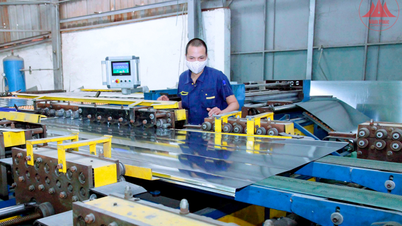

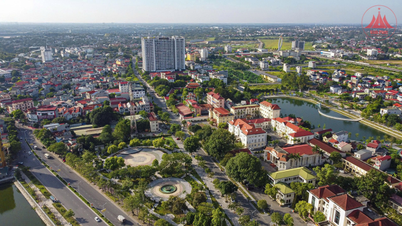





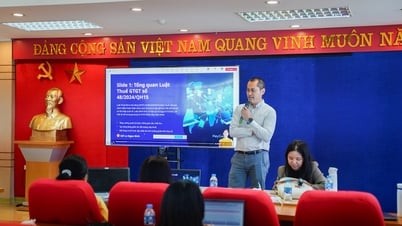
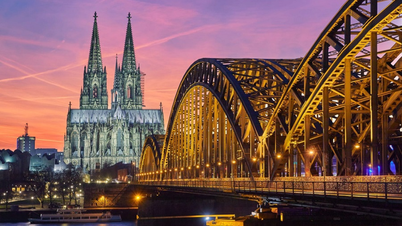
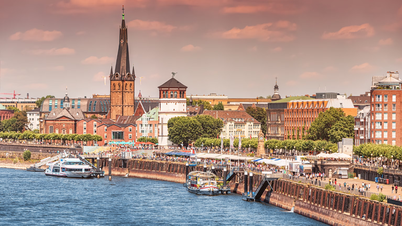
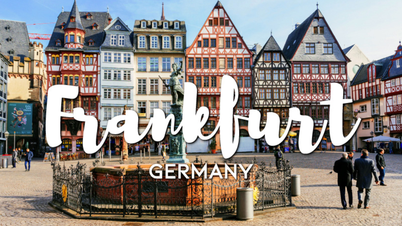
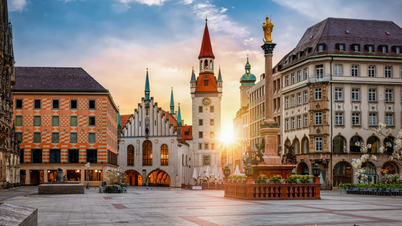
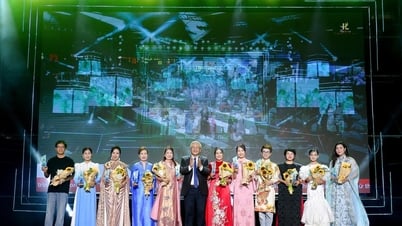

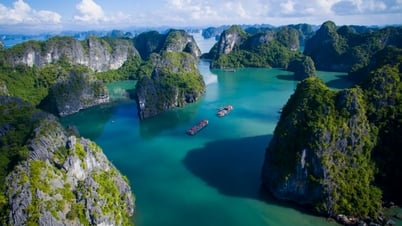











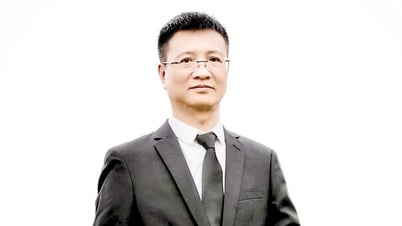

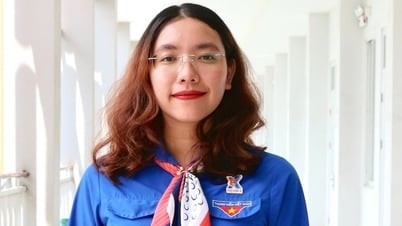
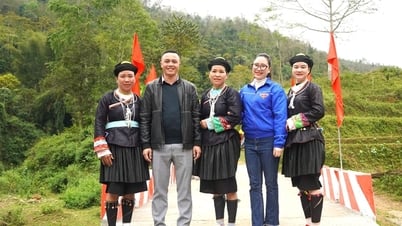

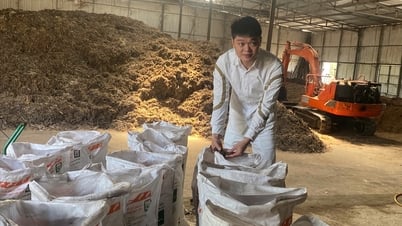



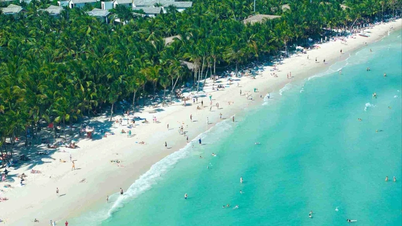







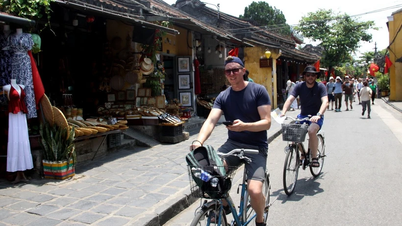





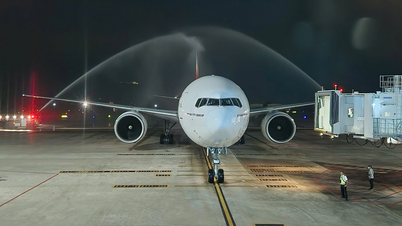

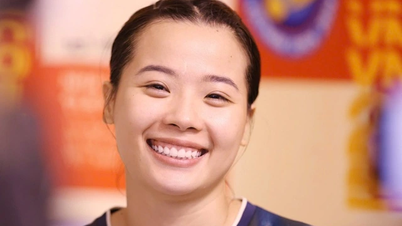







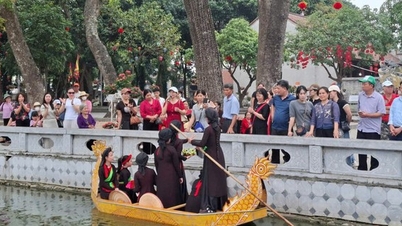
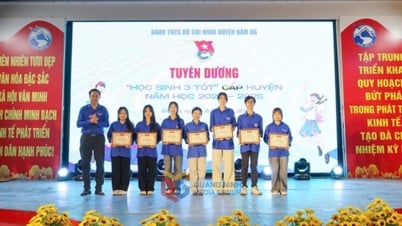
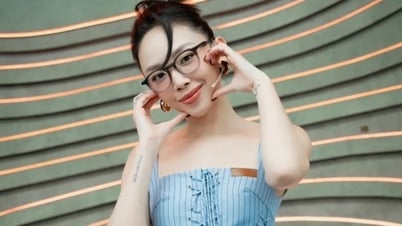


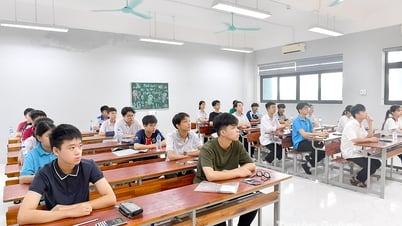

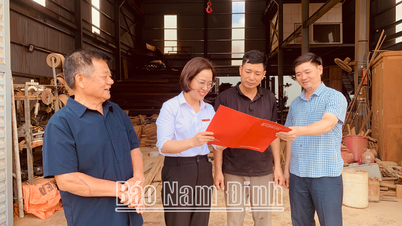













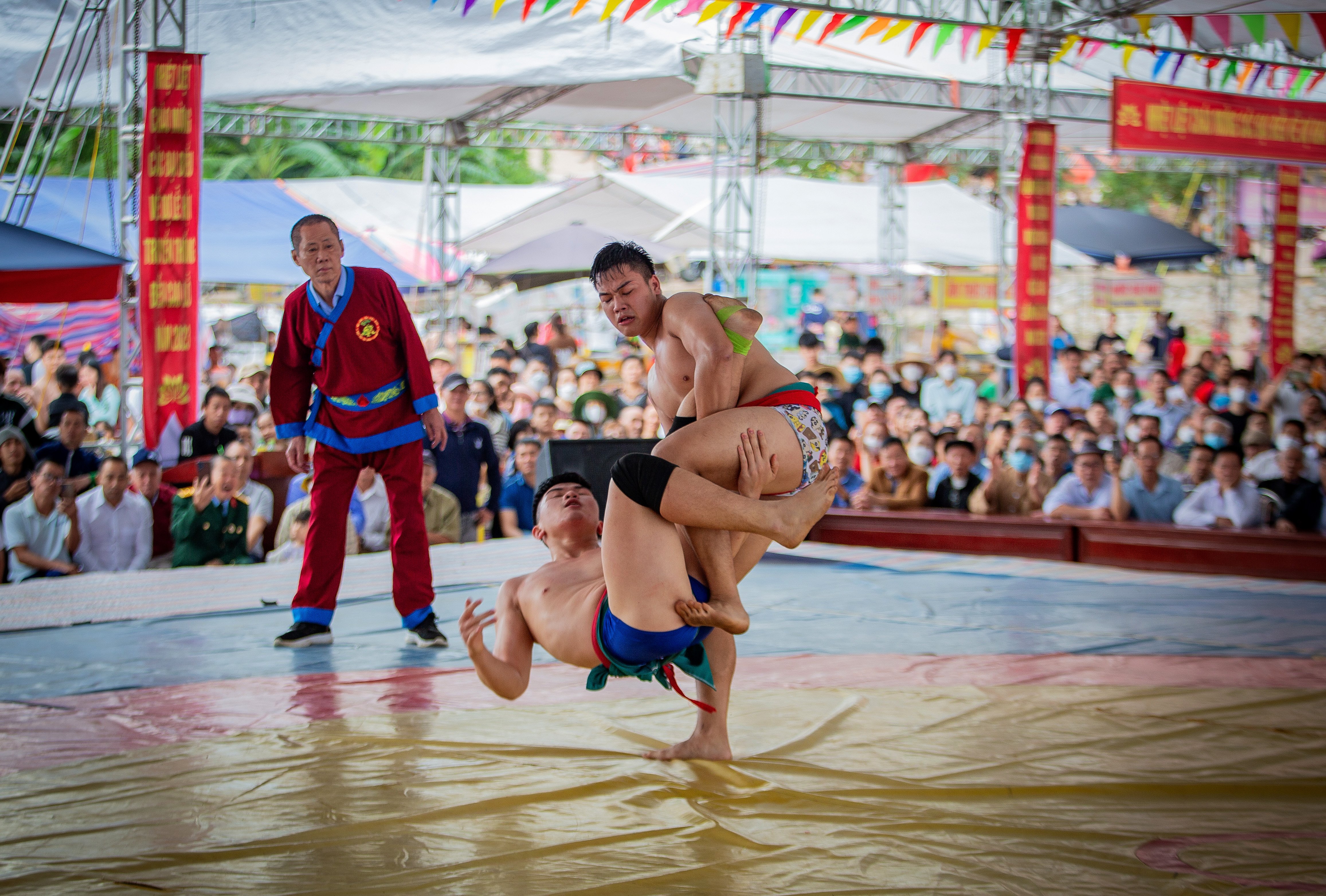

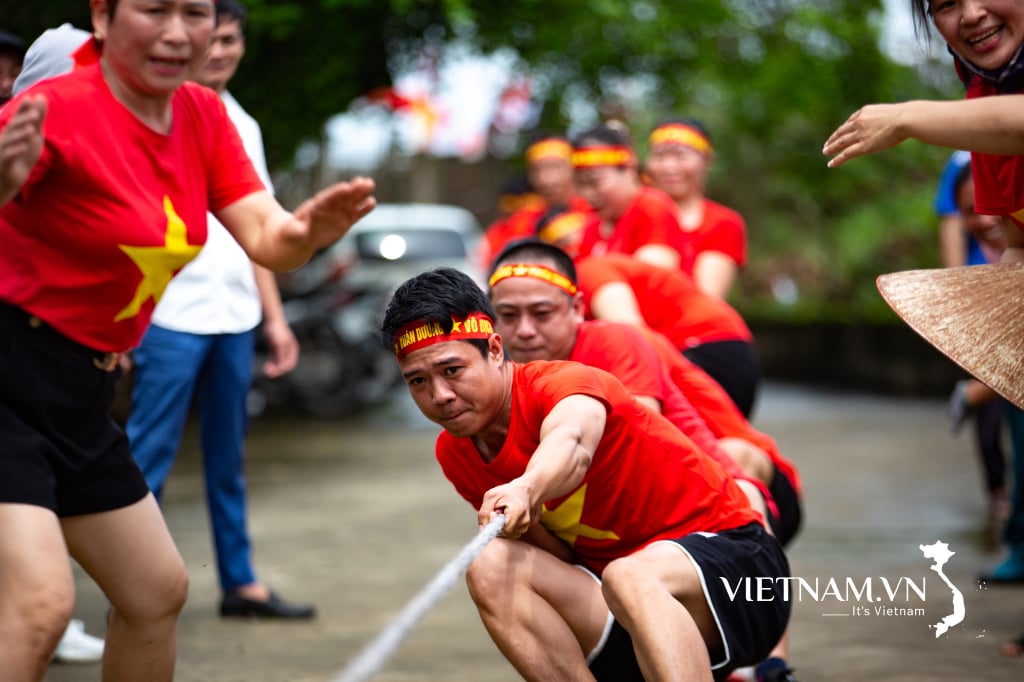
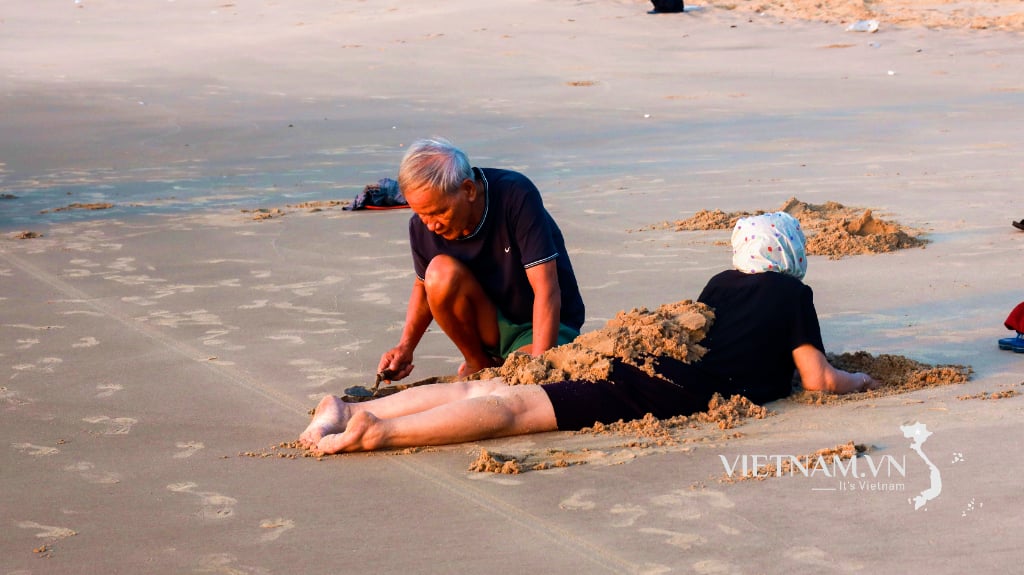
Comment (0)